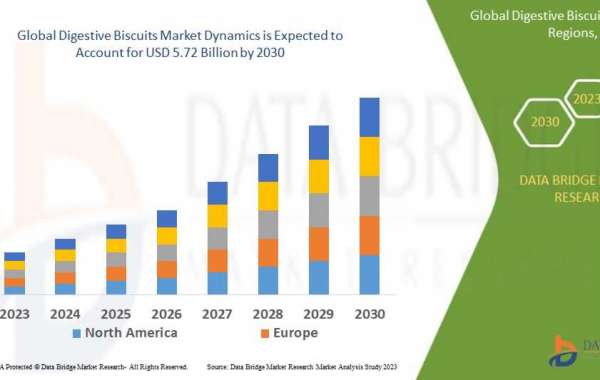In recent years, the demand for sustainable and eco-friendly packaging solutions has skyrocketed as consumers and businesses alike become more environmentally conscious. Among the many alternatives to traditional plastic packaging, molded fibre cradles stand out as an effective and environmentally responsible choice. These cradles, made from renewable natural fibers, offer numerous advantages for packaging products across various industries. In this article, we will explore the many benefits of using molded fibre cradles as an eco-friendly packaging solution and how they can help companies meet sustainability goals.
Sustainability and Eco-Friendliness of Molded Fibre Cradles
Molded fibre cradles are primarily made from natural, renewable materials such as recycled paper, agricultural residues, and other fibrous plant-based materials. This makes them a highly sustainable alternative to plastic or foam packaging. One of the primary advantages of molded fibre cradles is that they are biodegradable and compostable, meaning they break down naturally in the environment without leaving harmful residues. Unlike plastic packaging, which can take hundreds of years to decompose, molded fibre cradles offer a quick and clean breakdown process, reducing their environmental impact significantly.
Additionally, molded fibre cradles are recyclable, meaning they can be reused in the manufacturing of new products, further minimizing waste. Their production also has a lower carbon footprint compared to plastic packaging options, contributing to a decrease in overall greenhouse gas emissions. By opting for molded fibre cradles, companies can align their packaging practices with sustainability goals and reduce their environmental impact, offering consumers a greener alternative without compromising on product protection.
Cost-Effectiveness and Versatility in Use
One of the key advantages of molded fibre cradles is their cost-effectiveness. While the initial production cost of molded fibre packaging may be slightly higher than traditional plastic or foam options, it is important to consider the long-term benefits. The raw materials used in molded fibre cradles, such as recycled paper or agricultural waste, are often more affordable than synthetic materials. Additionally, the manufacturing process for molded fibre cradles can be optimized to achieve economies of scale, making them a viable option for businesses of all sizes.
Molded fibre cradles also offer great versatility, as they can be molded into various shapes and sizes to fit different products. Whether it's electronics, food, cosmetics, or other delicate items, molded fibre cradles can be designed to securely hold and protect products during transport and storage. This customization ensures that molded fibre cradles meet the specific packaging requirements of diverse industries, making them an ideal choice for businesses looking for a flexible and cost-effective packaging solution.
Enhanced Product Protection and Durability
Molded fibre cradles are designed to provide superior protection for products during transportation and handling. The cradles are lightweight yet durable, offering a cushioning effect that helps prevent damage to fragile items. Whether it's glass, electronics, or other breakable goods, molded fibre cradles ensure that products stay intact throughout the shipping process. Their ability to absorb shock and impact makes them a reliable choice for businesses looking to reduce product damage and improve overall customer satisfaction.
Furthermore, the molded fibre material provides excellent stability and support for products, preventing them from shifting or moving within their packaging. This added layer of protection not only reduces the likelihood of damage but also minimizes the need for additional packing materials, such as foam or bubble wrap, further enhancing the eco-friendliness of molded fibre cradles. With molded fibre cradles, businesses can offer a reliable packaging solution that keeps products safe and secure from production to delivery.
Compliance with Environmental Regulations and Consumer Demand
As environmental concerns continue to grow, governments around the world are implementing stricter regulations on packaging materials, particularly those that contribute to plastic pollution. Many regions now require businesses to use recyclable or compostable packaging materials to meet sustainability targets and reduce waste. Molded fibre cradles are fully compliant with these regulations, making them an ideal choice for businesses that want to stay ahead of regulatory requirements while supporting a greener planet.
Consumer demand for sustainable products is also on the rise. Today's consumers are more likely to choose brands that prioritize eco-friendly practices and packaging solutions. By using molded fibre cradles, businesses can cater to this growing demand for sustainability and differentiate themselves in a competitive market. Not only does this enhance a company's reputation as an environmentally responsible brand, but it can also lead to increased consumer loyalty and improved sales. By embracing molded fibre cradles, businesses can make a positive impact on the environment while meeting the expectations of eco-conscious consumers.
Reduced Packaging Waste and Improved Waste Management
Molded fibre cradles help reduce overall packaging waste, as they can be easily recycled or composted after use. Unlike plastic packaging, which often ends up in landfills or oceans, molded fibre cradles are much more likely to be properly disposed of in an eco-friendly manner. This helps reduce the overall environmental impact of packaging waste and contributes to the circular economy, where materials are reused and recycled to create new products.
Additionally, the production process for molded fibre cradles encourages waste reduction at the manufacturing level. Many companies utilize waste materials, such as post-consumer paper, agricultural fibers, and other recycled content, to create molded fibre packaging. This process not only reduces the need for virgin materials but also helps divert waste from landfills. With molded fibre cradles, businesses can contribute to a more sustainable waste management system while minimizing their environmental footprint.
Conclusion
Molded fibre cradles offer a range of benefits for businesses looking for eco-friendly and sustainable packaging solutions. From their biodegradability and recyclability to their cost-effectiveness and product protection, molded fibre cradles provide a versatile and environmentally responsible alternative to traditional packaging materials. As consumer demand for sustainability grows and regulatory requirements tighten, companies that embrace molded fibre cradles will be well-positioned to meet these challenges while supporting a greener future. By incorporating molded fibre cradles into their packaging strategy, businesses can not only reduce their environmental impact but also improve customer satisfaction and strengthen their brand reputation as leaders in sustainability.









